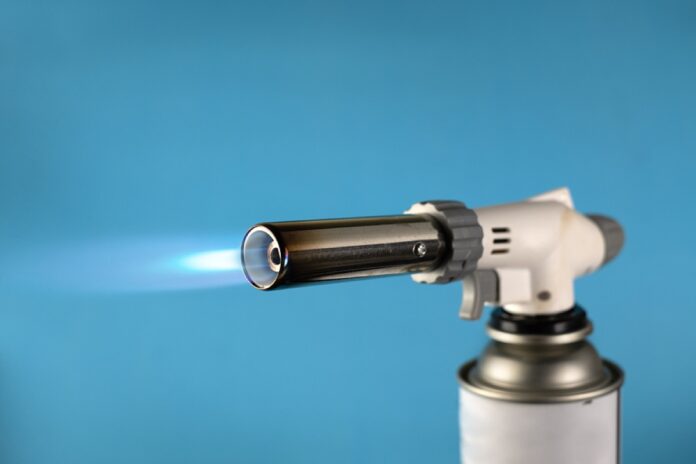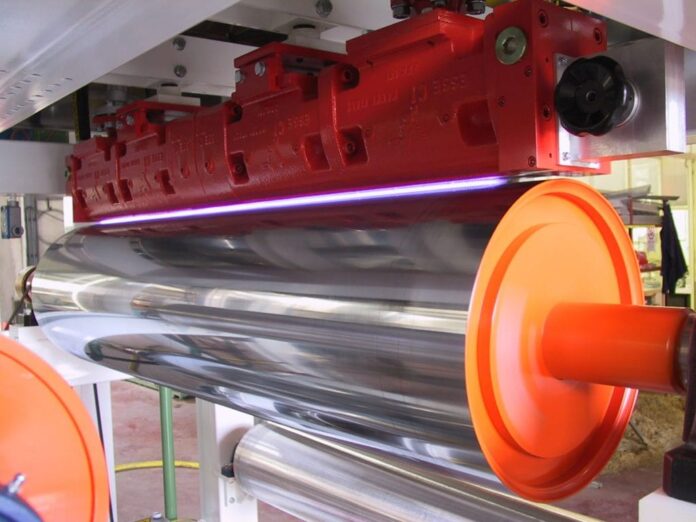Flame treating is an ingenious method, primarily used to modify the surface properties of a material, making it more adhesive for inks, coatings, and adhesives. The role of profile burners in flame treating is pivotal, creating controlled, reliable flames necessary for optimal results. This blog will unravel the intricate details of this procedure, specifically focusing on the indispensable role played by profile burners, aiming to enlighten readers from diverse backgrounds on this fascinating process.
What is Flame Treating?
Flame treating is a process where an open flame is applied to a material, usually a polymer, to enhance its adhesive properties. It is a technique extensively employed across various industries, including automotive, packaging, and medical, due to its ability to increase the bond strength between materials and subsequent layers of paint, adhesive, or ink. The flame’s heat modifies the material’s surface chemistry, enabling better wetting and adhesion characteristics.
Flame treating is versatile, finding relevance in myriad applications like treating automotive parts for better paint adherence, ensuring secure bonding in medical devices, and improving the adhesion of labels on packaging materials. This surface modification technique is crucial for industries seeking precision and reliability, as it provides a practical solution for bonding challenges, delivering longevity and integrity to the final product.
Understanding Profile Burners

Profile burners are critical components in this process. They are specifically designed to generate controlled, consistent flames, ensuring uniform treatment of the material’s surface. A profile burner operates by mixing fuel gas with air or oxygen, igniting the mixture to produce a flame.
The meticulous control offered by profile burners is indispensable for achieving uniform treatment, preventing overburning or insufficient treating of materials. Their role is imperative in rendering the flame treating process efficient, manageable, and yielding consistent results, thereby acting as the linchpin in these operations.
Types of Profile Burners
Profile burners are available in various types, each offering distinct advantages and constraints. Ribbon burners are popular due to their capability to produce long, linear flames, allowing uniform treatment of extensive surfaces. They are versatile but may exhibit limitations in precision when dealing with intricate geometries.
Each type of profile burner has its unique set of advantages and drawbacks, catering to specific industrial needs and material requirements. The choice of a profile burner depends on several factors, including the material to be treated, the level of precision required, and the desired throughput, with the ultimate aim of achieving optimal flame characteristics for the task at hand.
Key Components of Profile Burners
A profile burner system is composed of essential components, each performing a specific function in the flame treating process. The gas mixer combines air or oxygen with the fuel gas, creating a combustible mixture. The burner head is where the ignition occurs, generating the flame.
Understanding the function and interplay of these components is essential for harnessing the full potential of profile burners in flame treating. Each component must operate harmoniously, ensuring the flame’s stability, uniformity, and desired characteristics, pivotal for the success of this process.
Benefits of Flame Treating with Profile Burners
The incorporation of profile burners in flame treating offers myriad advantages. They allow for precise control over flame characteristics, enabling uniform treatment of materials and preventing defects. Real-world examples abound; in the automotive industry, the use of profile burners has significantly increased the adherence of paint on intricate parts.
The benefits of employing profile burners extend beyond precision and control. They play a crucial role in optimizing the whole process, leading to improved efficiency, reliability, and overall product quality across various industries, marking them as an invaluable asset in surface modification techniques.
Flame Treating Applications

Profile burners are indispensable in diverse applications, meeting unique requirements and overcoming specific challenges. In the packaging industry, they ensure secure and durable adhesion of labels on containers, addressing the varying geometries and materials.
These applications underline the versatility and efficacy of flame treating with profile burners, addressing industry-specific needs and delivering unparalleled results in terms of adhesion, bonding, and surface modification.
Flame Treating Process Step-by-Step
The flame treating process is intricate, involving sequential steps to achieve the desired results. Profile burners are pivotal at every stage, from creating the optimal flame to uniformly treating the material’s surface. The initial step involves cleaning the material to remove contaminants, followed by the crucial stage of flame application, where the profile burner’s role is paramount in ensuring uniform treatment.
Understanding each stage is crucial for mastering flame treating. Profile burners are the heart of this process, determining the outcome and quality of the treated material, emphasizing their significance in achieving superior results.
Safety Considerations
When dealing with flame treating equipment, safety is paramount. Operators must adhere to strict safety guidelines and precautions to prevent accidents and ensure a safe working environment. Using protective gear, maintaining equipment properly, and following operating instructions diligently are imperative to avoid mishaps and ensure the well-being of the personnel involved in these operations.
Adherence to safety protocols is non-negotiable in flame treating. It ensures the well-being of the operators and the integrity of the process, highlighting the importance of maintaining a vigilant approach towards safety in these operations.
Maintenance and Care

Profile burners, being pivotal in flame treating, necessitate regular maintenance to ensure their optimal functionality. Regular inspections, timely replacements of worn-out parts, and adherence to maintenance protocols are crucial for extending the lifespan of these vital components.
Adopting a proactive approach to maintenance and care is essential for sustaining the operational efficiency of profile burners, underscoring their significance in the successful implementation of flame treating.
Innovations and Future Trends
The landscape of profile burner technology is ever-evolving, marked by continual innovations and advancements. The advent of smart burners equipped with sensors and control systems heralds a new era in this procedure, allowing for real-time monitoring and adjustments, ensuring unparalleled precision and efficiency. The trajectory of advancements points towards the development of more sophisticated, energy-efficient profile burners, shaping the future of flame treating industry.
Conclusion
The journey through the world of flame treating and the pivotal role of profile burners unravels the complexity and precision inherent in this process. Profile burners stand out as the linchpin in flame treating, determining the success and quality of the treatment. Their versatility, precision, and control are indispensable across diverse industries, addressing unique requirements and delivering unparalleled results in surface modification.









